Convocation House
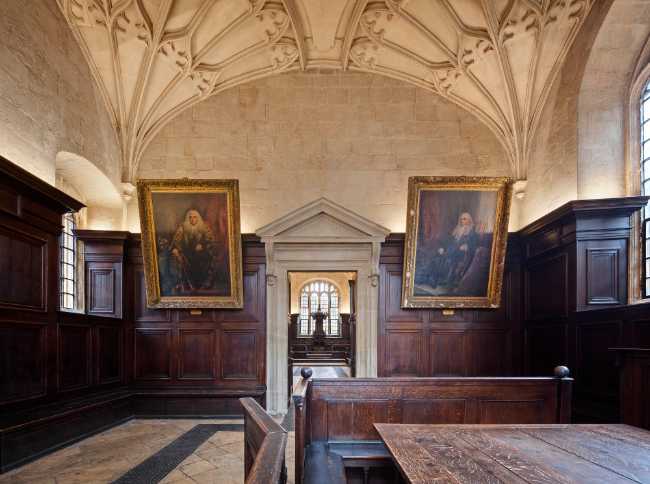
Built between 1634 and 1637 as part of the Bodleian Library’s westward extension, Convocation House was designed to host the University of Oxford’s supreme legislative body. Entered through the Divinity School, it retains its original 17th‑century oak panelling, fixed benches, and the Vice‑Chancellor’s throne, with an elegant stone‑vaulted ceiling added in 1758–59. The chamber has witnessed moments of national as well as academic history: during the English Civil War and later outbreaks of plague in London, it served as a temporary meeting place for the House of Commons. Above it lies the Selden End of the Bodleian, named for the lawyer John Selden whose books it houses. Today, Convocation House is still used for formal university gatherings and is also licensed for weddings, blessings, and civil ceremonies, offering a richly atmospheric setting where centuries of scholarship, governance, and political drama converge in the heart of Oxford.
Oxford United KingdomConvocation House is located within the University of Oxford’s Bodleian Library complex, accessible through the Divinity School at Broad Street, Oxford, with the postcode OX1 3BG. Built between 1634 and 1637, this historic room was designed as the meeting place for the University’s Convocation, an assembly of all masters and doctors, serving as the university’s supreme legislative body. Its seventeenth-century woodwork, including original bench seating and a fan-vaulted ceiling added in the 1750s, creates a richly atmospheric setting. Convocation House is also known for its historical role as a parliamentary chamber during the English Civil War and plagues in London when Parliament relocated here. Situated adjacent to the Divinity School and close to the Sheldonian Theatre, it is in the heart of Oxford’s cultural and academic district, near the Bodleian Library, Radcliffe Camera, and other university landmarks, forming a key part of the city’s heritage landscape.
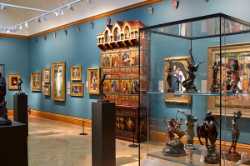 Ashmolean Museum
Oxford
Ashmolean Museum
Oxford
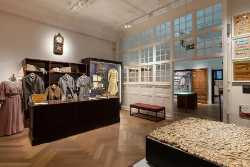 Museum of Oxford
Oxford
Museum of Oxford
Oxford
 Oxford University Museum of Natural History
Oxford
Oxford University Museum of Natural History
Oxford
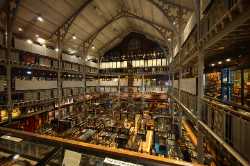 Pitt Rivers Museum
Oxford
Pitt Rivers Museum
Oxford
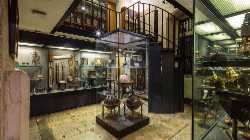 History of Science Museum
Oxford
History of Science Museum
Oxford
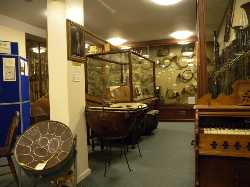 Bate Collection of Musical Instruments
Oxford
Bate Collection of Musical Instruments
Oxford
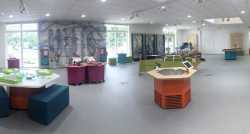 Science Oxford Centre
Oxford
Science Oxford Centre
Oxford
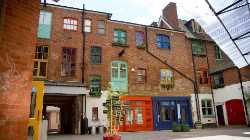 The Story Museum
Oxford
The Story Museum
Oxford
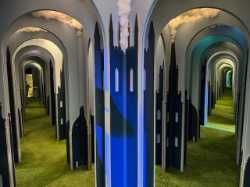 Oxford Illusion Museum
Oxford
Oxford Illusion Museum
Oxford
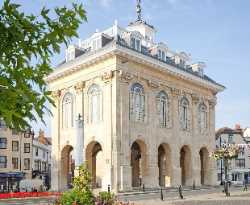 Abingdon County Hall Museum
Oxford
Abingdon County Hall Museum
Oxford
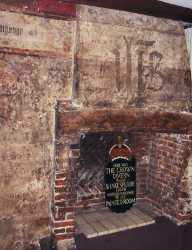 The painted room
Oxford
The painted room
Oxford
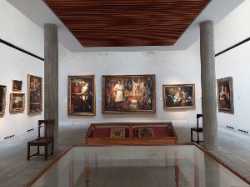 Christ Church Picture Gallery
Oxford
Christ Church Picture Gallery
Oxford
 Oxford Bus Museum
Oxford
Oxford Bus Museum
Oxford
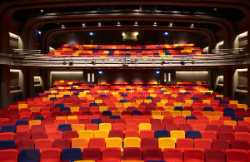 Oxford Playhouse
Oxford
Oxford Playhouse
Oxford
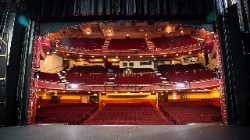 New Theatre Oxford
Oxford
New Theatre Oxford
Oxford
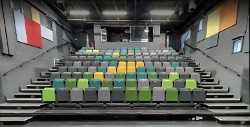 Pegasus Theatre
Oxford
Pegasus Theatre
Oxford
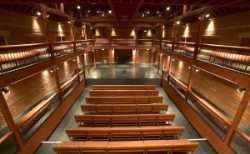 The North Wall Arts Centre
Oxford
The North Wall Arts Centre
Oxford
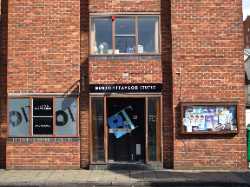 Burton Taylor Studio
Oxford
Burton Taylor Studio
Oxford
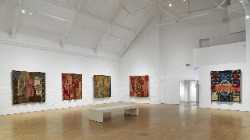 Modern Art Oxford
Oxford
Modern Art Oxford
Oxford
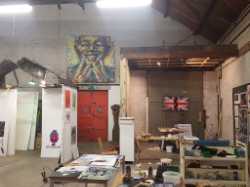 Ovada
Oxford
Ovada
Oxford
 Sarah Wiseman Galler
Oxford
Sarah Wiseman Galler
Oxford
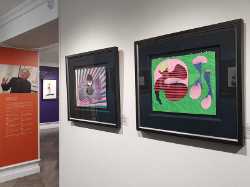 Castle Fine Art Oxford
Oxford
Castle Fine Art Oxford
Oxford
 Oxford Castle & Prison
Oxford
Oxford Castle & Prison
Oxford
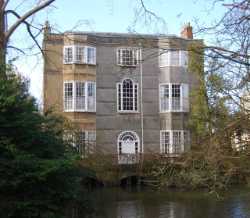 The Grandpont House
Oxford
The Grandpont House
Oxford
 Christ Church College
Oxford
Christ Church College
Oxford
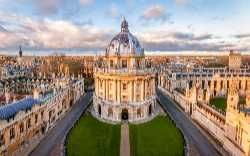 Radcliffe Camera
Oxford
Radcliffe Camera
Oxford
 Sheldonian Theatre
Oxford
Sheldonian Theatre
Oxford
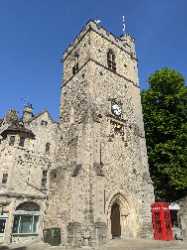 Carfax Tower
Oxford
Carfax Tower
Oxford
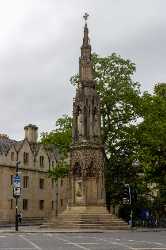 Martyrs’ Memorial
Oxford
Martyrs’ Memorial
Oxford
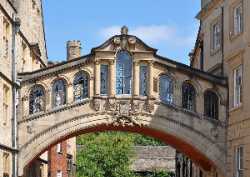 Bridge of Sighs
Oxford
Bridge of Sighs
Oxford
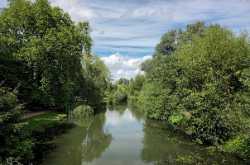 University Parks
Oxford
University Parks
Oxford
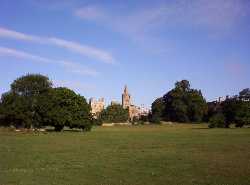 Christ Church Meadow
Oxford
Christ Church Meadow
Oxford
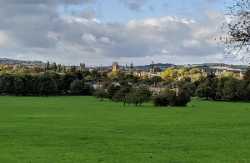 South Park
Oxford
South Park
Oxford
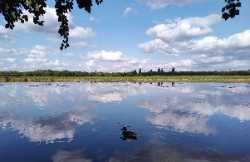 Port Meadow
Oxford
Port Meadow
Oxford
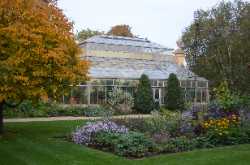 Oxford Botanic Garden
Oxford
Oxford Botanic Garden
Oxford
 Oxford Covered Market
Oxford
Oxford Covered Market
Oxford
 Gloucester Green Market
Oxford
Gloucester Green Market
Oxford
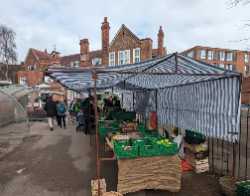 East Oxford Farmers’ & Community Market
Oxford
East Oxford Farmers’ & Community Market
Oxford